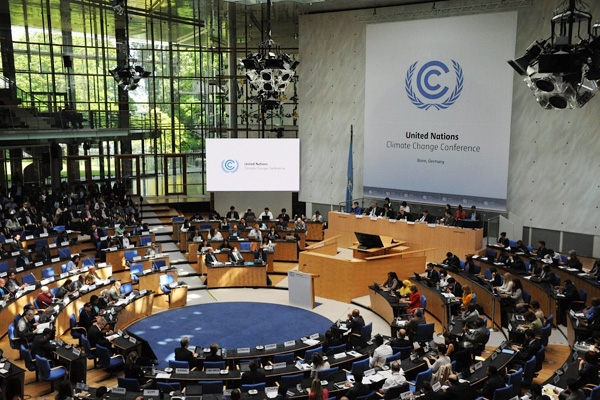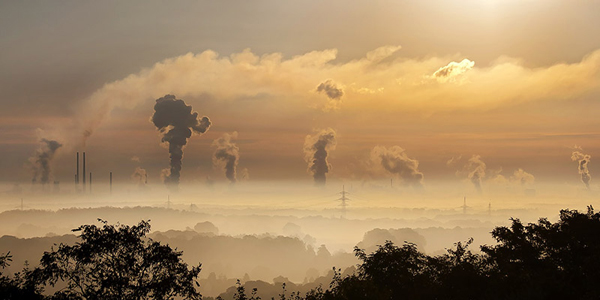Bedre hvis Trumps USA forlader Paris-aftalen
23. maj 2017Secretary of State Rex Tillerson has argued the US should stay in the Paris climate agreement. But for the rest of the world, a US exit is better than staying reluctantly. Carlos Barria/Reuters.
Luke Kemp fra Australian National University argumenterer i denne artikel offentliggjort på The Conversation for det umiddelbart overraskende synspunkt, Trumps muligheder for at afspore den globale klimaindsats er mindre med et trumpsk USA holdt uden for Paris-aftalen hvorfor det ville være bedre for alle, hvis Trump trak USA ud af Paris-aftalen.
Jeg føler mig langt fra overbevist om, at Kemp har ret. Men han har ret i, at det ikke kun er forbliven eller jeg, men den klimaindsats, som USA under Trump kommer til at føre, som må være målestokken. Og det er nok en god øvelse at se det gode ved en situation, som Trump meget vel kan ende med at gøre til virkelighed.
The world would be better off if Trump withdraws from the Paris climate deal
The conventional wisdom that the United States should remain under the Paris Agreement is wrong. A US withdrawal would be the best outcome for international climate action.
With Trump set to decide on the matter after this week’s G7 meeting, his aides are split on the issue. Chief strategist Steve Bannon heads the faction pushing for an exit. Secretary of State and former ExxonMobil chief executive Rex Tillerson has argued for the US to retain a “seat at the table”.
It is within the president’s power to withdraw from the Paris Agreement and perhaps even the United Nations Framework Convention on Climate Change (UNFCCC), which has overseen global climate diplomacy for some 25 years.
In a commentary published in Nature Climate Change today, I argue that a US withdrawal would minimise risks and maximise opportunities for the climate community. Simply put: the US and the Trump administration can do more damage inside the agreement than outside it.
There are four key, interconnected risks related to US participation in the Paris Agreement: that the US will miss its emissions target; that it will cut climate finance; that it will cause a “domino” effect among other nations; and that it will impede the UN negotiations.
Money and emissions are all that matter
The first two risks are unaffected by withdrawal. The Paris Agreement doesn’t require the US to meet its current emissions reduction pledge, or to provide further climate finance to developing countries. The agreement is procedural, rather than binding; it requires a new, tougher climate pledge every five years, but actually hitting these targets isn’t mandatory.
The US will probably miss its climate target regardless. It would need more than just Obama’s Clean Power Plan to hit its goal of reducing emissions by 26-28% on 2005 levels by 2025. And now that Trump has decided to roll back those policies too, US emissions are set to increase through to 2025, rather than decrease.






